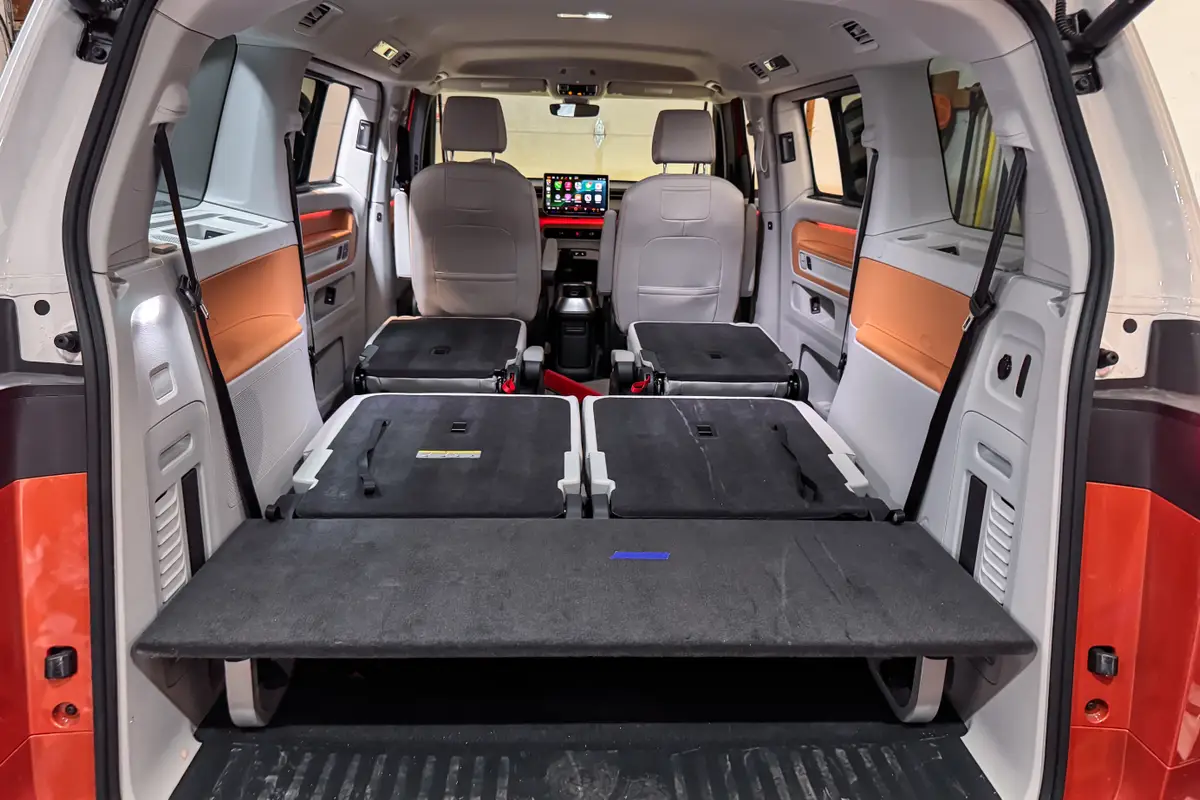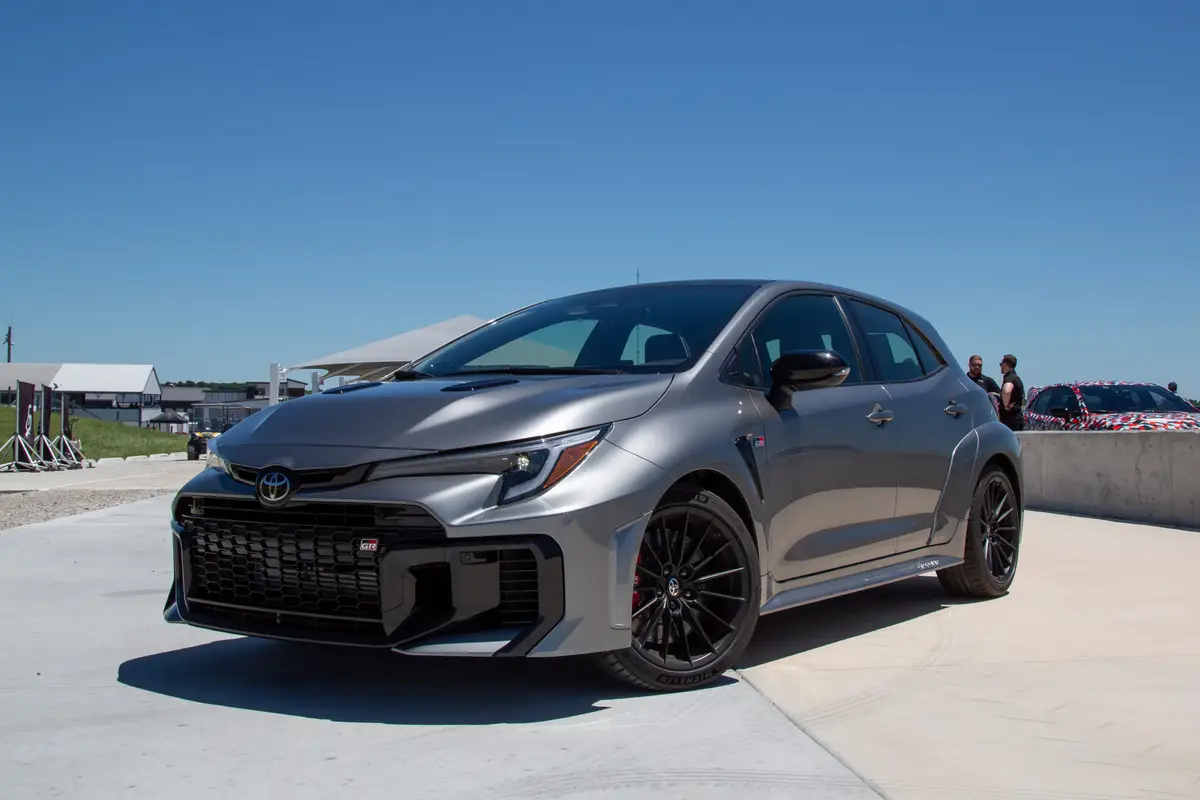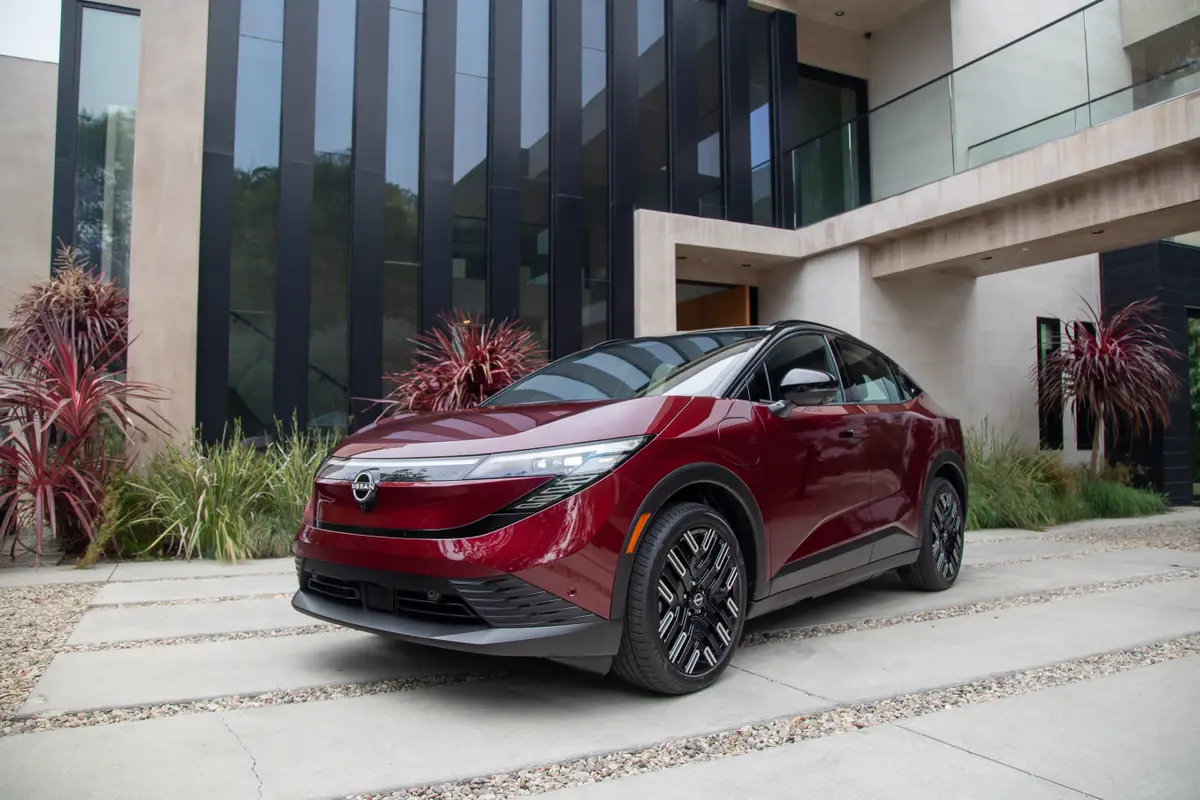2016 Cadillac ATS-V First Drive


Cadillac is just one in a long line of automakers that have tried to dethrone BMW and its venerable 3 Series. It went after the mainstream 3 with the compact Cadillac ATS in 2013, and now the ATS-V sedan and coupe are setting Cadillac’s sights on the high-performance part of that equation, the BMW M3 sedan and M4 coupe.
The V treatment for the ATS uses a heavy hand to pack the car with performance parts and engineering that make it a legitimate threat to those Ms from BMW.
Related: 2015 Cadillac ATS Coupe Review
I drove both sedan and coupe variants of the ATS-V with an eight-speed automatic and, yes, a six-speed manual transmission that half the segment (Audi RS 5 and Lexus RC F) seems to have forgotten to offer. Cadillac introduced us to the ATS-V’s track capabilities at one of the premier racetracks in the country: Circuit of the Americas Formula One track in Austin, Texas. The Austin circuit is a highly technical 3.4-mile circuit with 20 turns and a straightaway long enough to let the ATS-V stretch its legs to 145 mph and then punish the brakes into a tight turn 12.
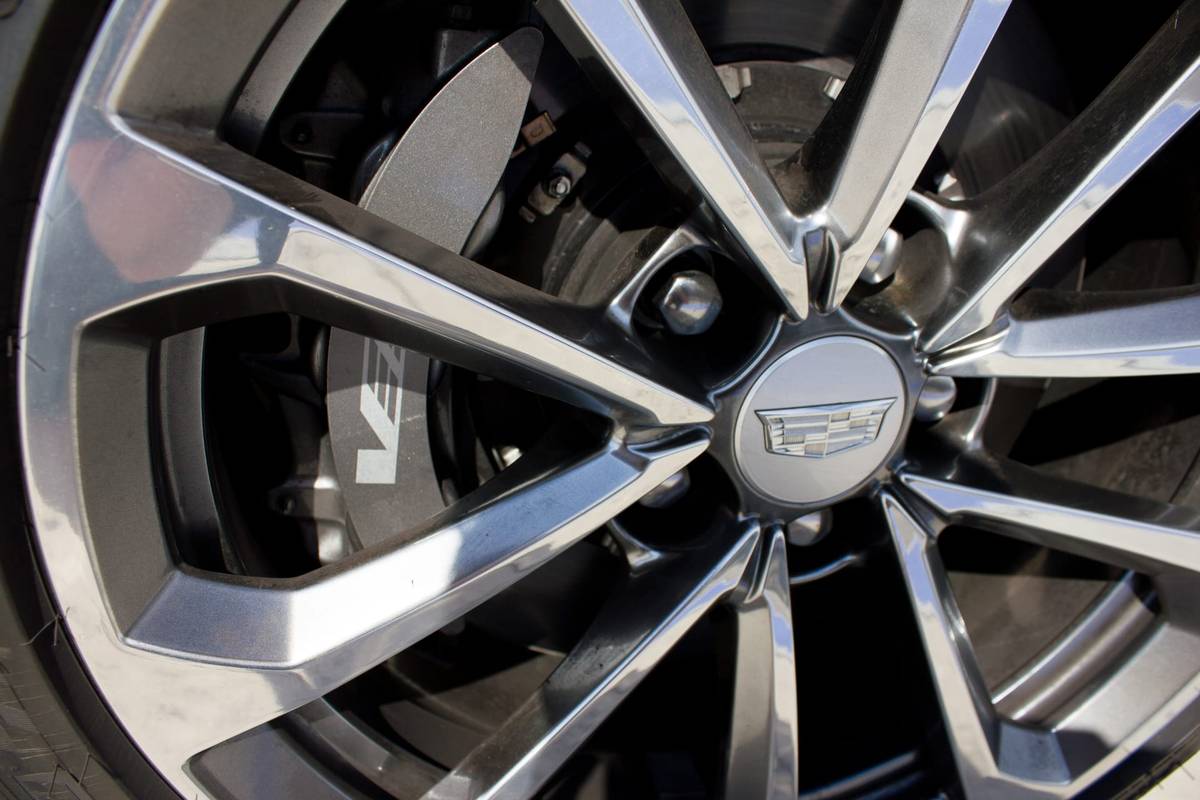
Of all the performance goodies on the ATS-V, the braking system stood out as extremely capable of slowing the car down from high speeds confidently lap after lap without degradation. And you don’t have uber-expensive carbon ceramics to thank; no, braking power comes from the previous-generation Cadillac CTS-V’s front brakes, and the rear brakes are courtesy of the Chevrolet Corvette Z51 performance package. They work to a spectacular effect, slowing down nearly 500 fewer pounds of car compared with the Cadillac CTS-V. Our test cars received higher-temp brake fluid and race wheel alignment settings for the repeated abuse on the track. Cadillac outlines those track-specific recommendations in the owner’s manual.
The ATS-V stops well, but there’s a lot to like in the “go” department with the ATS-V’s 464-horsepower, twin-turbocharged 3.6-liter V-6 that can propel an automatic-equipped ATS-V to 60 mph in 3.8 seconds, a tick faster than the M3/M4’s times with automatic transmission. The Cadillac’s turbocharged V-6 is an extremely responsive, potent engine that’s well-suited to the 3,700-pound ATS-V. The engine’s crisp boost response is one of the most immediate kicks you’ll get from any turbocharged engine and similar to the M3/M4’s 425-hp, turbocharged 3.0-liter inline-six-cylinder, though the Bimmer’s inline-six-cylinder has a slightly more refined finished product.

Still, I’d like a few more ponies under the ATS-V’s hood. The old CTS-V had 556 hp — yes, with more weight — but this is the spiritual successor slotting into the CTS-V’s $60,000-plus price range. That’s because the next CTS-V is beefing up to a 640-hp, supercharged V-8 and presumably a similar beefy price tag. The ATS-V’s chassis feels up to the task of handling more power, but maybe I’m getting greedy, or really miss the seat-of-the-pants kick of the 556-hp, supercharged V-8.
The ATS-V, though, is more about handling than straight-line acceleration, and it exhibits wonderfully precise, planted handling with the standard Magnetic Ride Control suspension. There’s a healthy dose of chassis strengthening with undercar braces, bushings and stiffer mounting points that give the ATS-V lightning-quick reflexes.
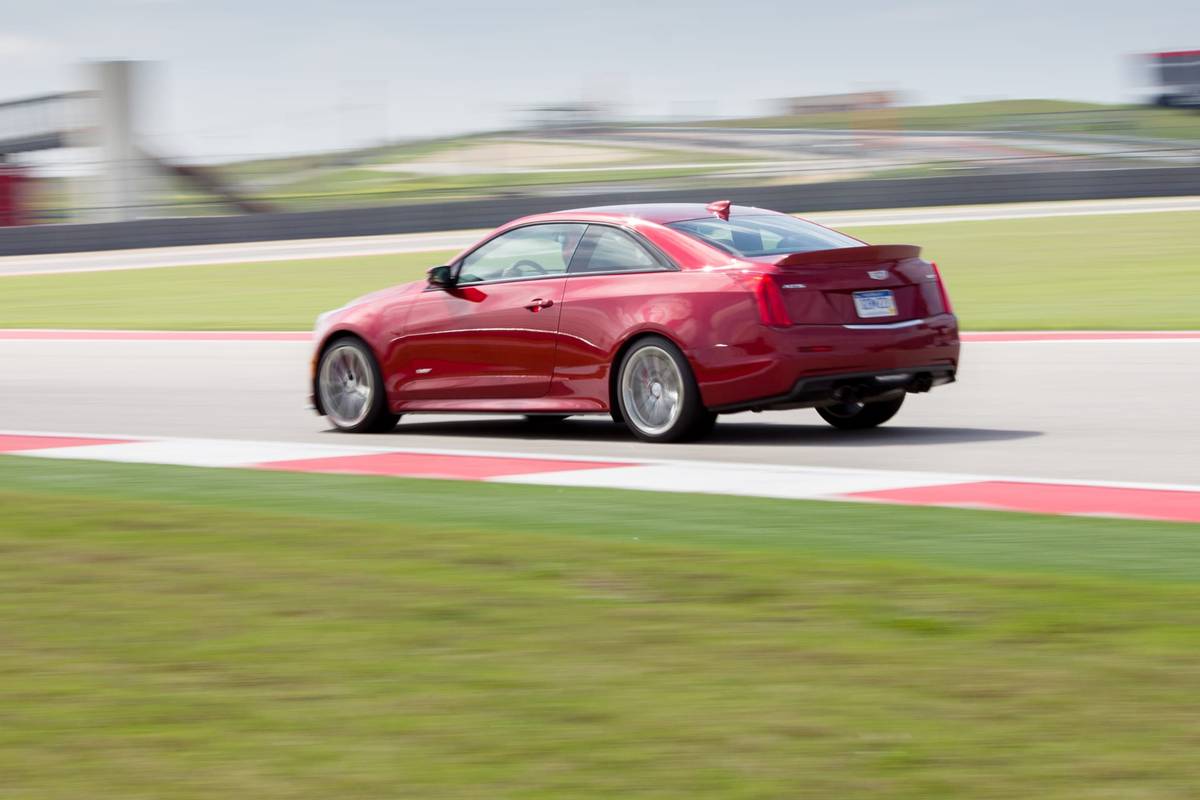
Quick maneuvers don’t phase the firmly planted ATS-V, and power is consistently put to the ground, exiting corners with the standard electronically controlled mechanical limited slip differential. The combination of brakes, handling and limited slip differential is a winner. There’s not much you can throw at the ATS-V that it can’t handle. The ATS-V ate up the fast sweeping corners of Circuit of the Americas with nary a flinch of uncontrolled body roll. For the car to remain in place at the Austin track is admirable considering the course was purpose-built to challenge drivers in the world’s premier racing series.
Off the track and on the street, multiple driving modes with adjustability in suspension firmness, steering effort, throttle response and transmission programming quell the beastly track experience into a manageable daily driving one. The first tier of adjustability is Tour, Sport, Snow/Ice and Track, which has five sub-settings of Performance Traction Management — 1-Wet, 2-Dry, 3-Sport 1, 4-Sport 2 and 5-Race — to help the car corner faster with varying usage of traction and stability systems. You better be on your game in modes 4 and 5 because they relax the electronic stability system and let the rear end swap around on you.
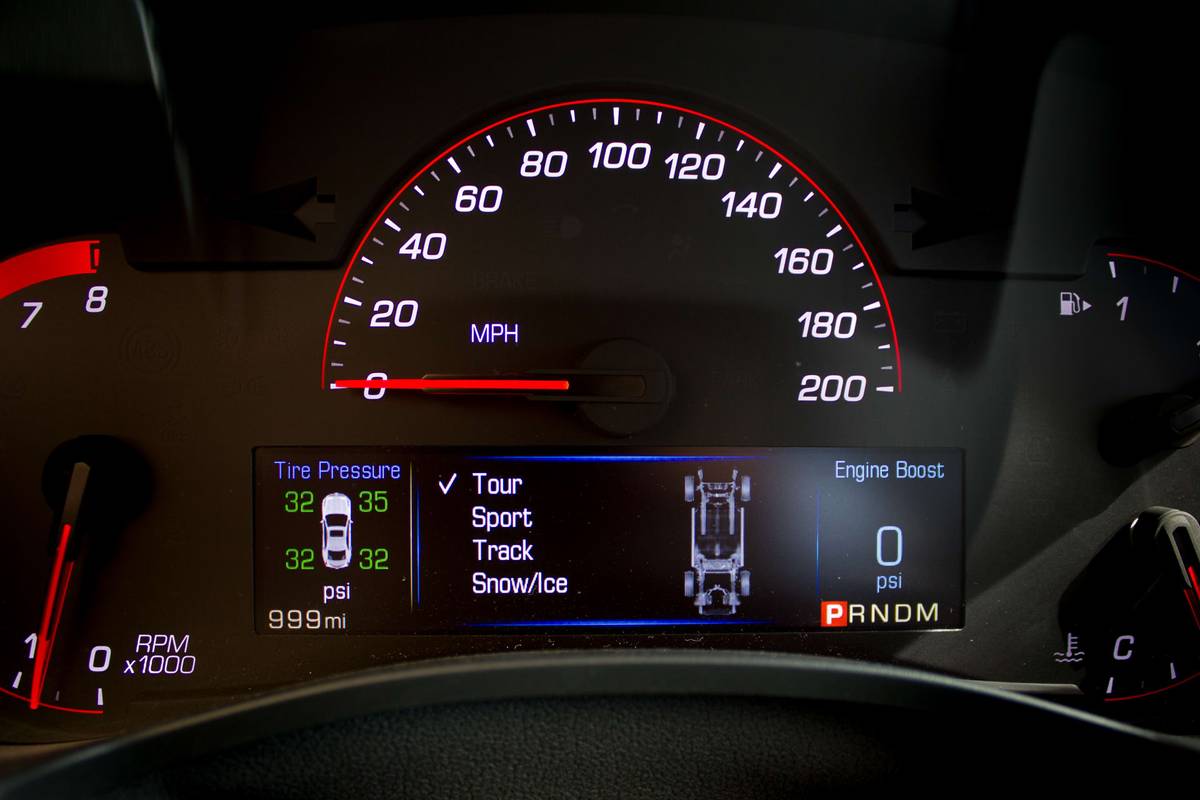
In Tour mode, the car is dialed down enough to hide its track-day capabilities. Ride quality is spot on, striking a balance between tautness and comfort, but you can tell the chassis stiffening, high-performance bushings and tires have increased road noise and feel.
Like the previous CTS-V and the M cars, the ATS-V offers a six-speed manual transmission. The standard six-speed is a riot with ancillary features adding more smiles per mile. Launch control lets the engine rev and stability control wheelspin after a clutch drop start. No-lift shifting provides extremely fast shifts with a flat-foot accelerator that easily lays rubber into 2nd gear. And automatic rev-matching provides worry-free, smooth downshifting. The six-speed is the same style used in the previous CTS-V, though this car’s shifter and clutch pedal have reduced effort; the old CTS-V’s stiff clutch pedal was a workout.
The ATS-V’s $2,000 automatic option is an eight-speed unit borrowed from the 2015 Corvette; most of it, anyway. The tight gear ratios keeps the engine speed and boost in their happy range, and in Track mode, the eight-speed’s telepathic ability to pick the right gear made navigating the extremely technical COTA track slightly less intimidating. Automatic-transmission cars are rated at 16/24/18 mpg city/highway/combined, while manual-transmission cars get 17/23/19 mpg. That’s not far behind the 17/24/19 mpg of the M3/M4 with automatic and 17/26/20 mpg for the M3/M4 with manual transmission.
If there’s one area the ATS-V doesn’t hit its marks as well as the M3/M4, it’s steering feedback. The BMWs blend perfectly boosted steering with ultra-quick, precise steering. In comparison, the ATS-V’s steering is slightly more vague and less confidence inspiring. I don’t doubt the ATS-V is every bit as capable as the BMW competition, but it may take more familiarity, or talent, to do so.
Photo Gallery
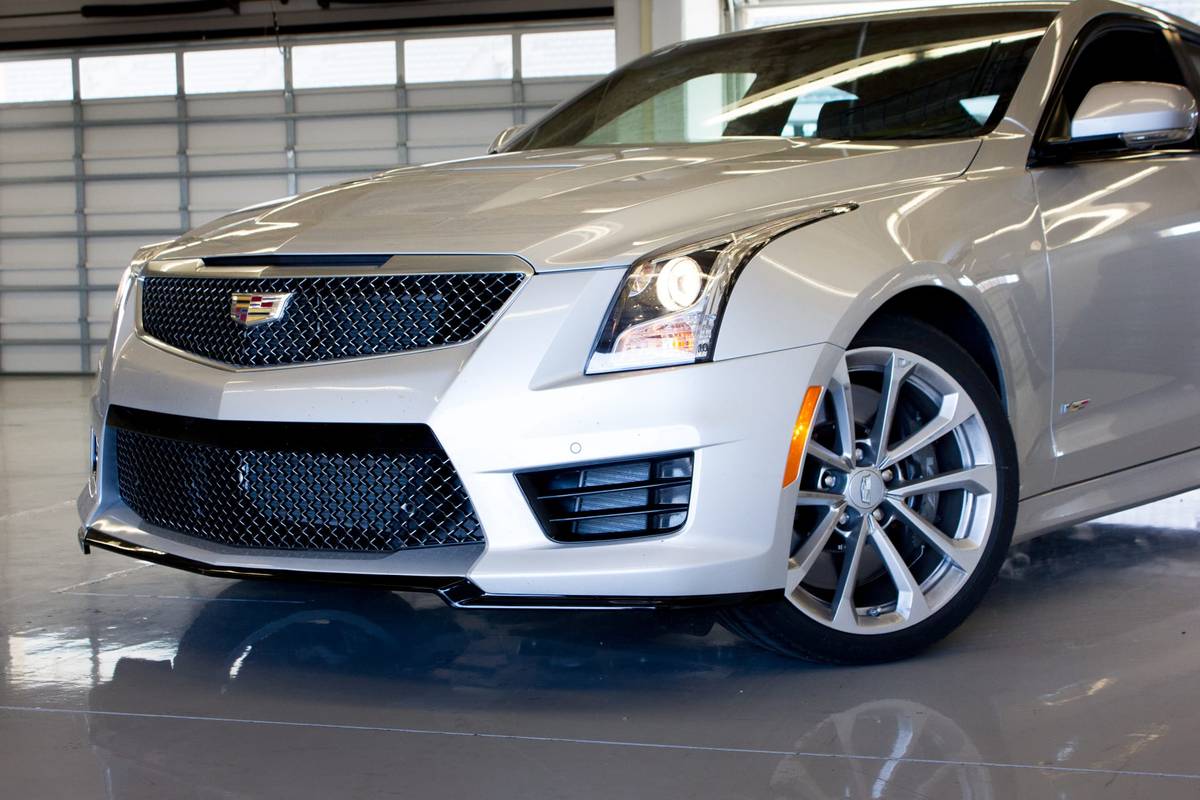
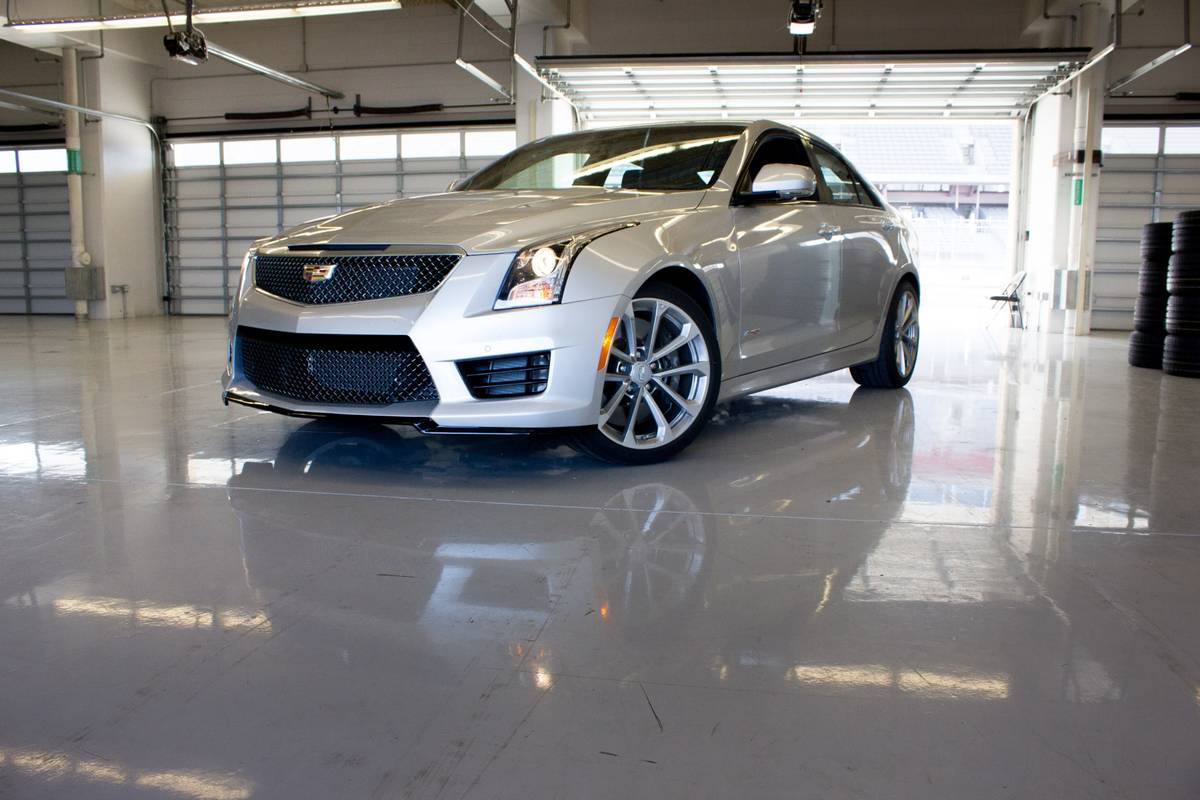
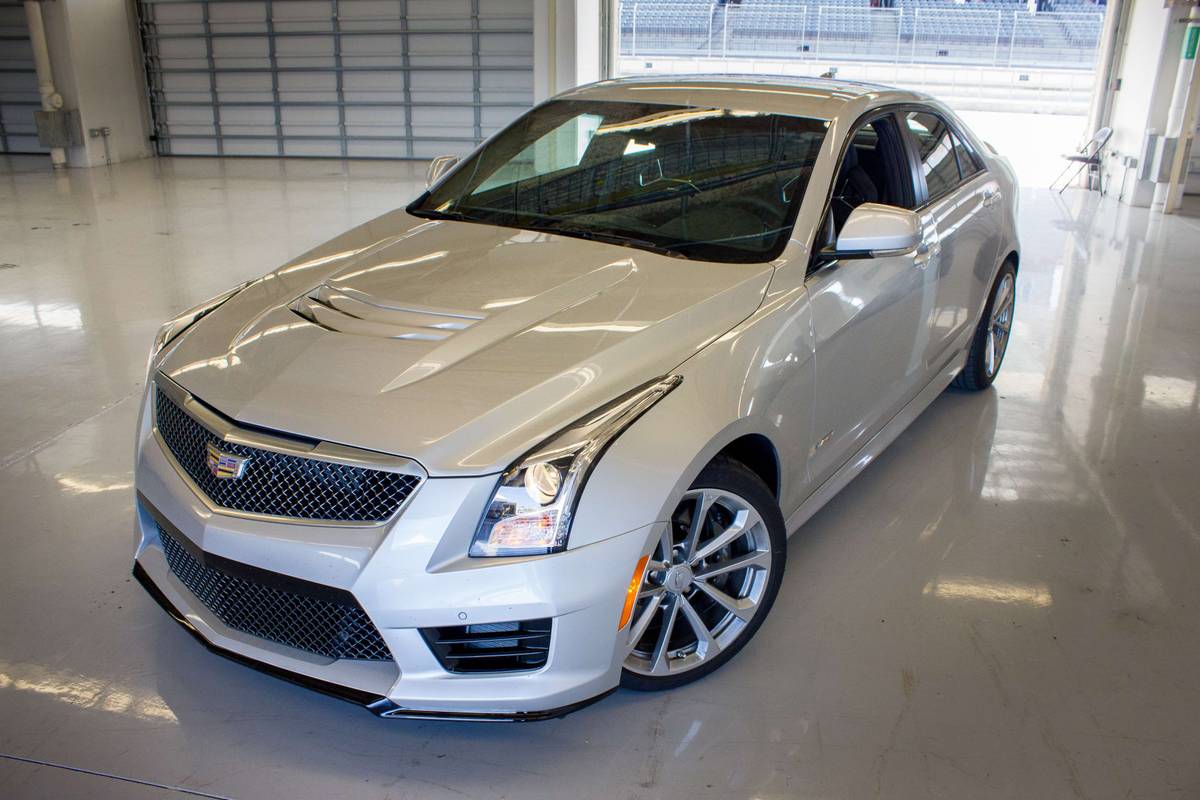
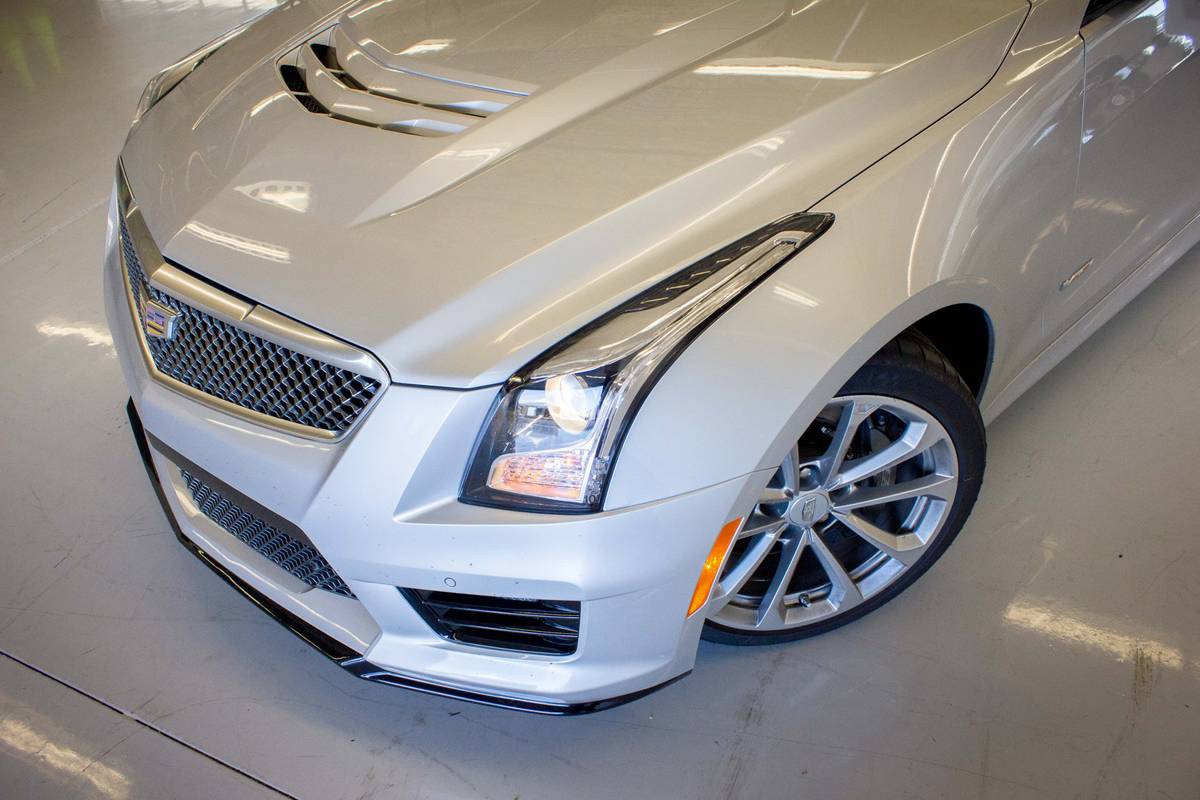
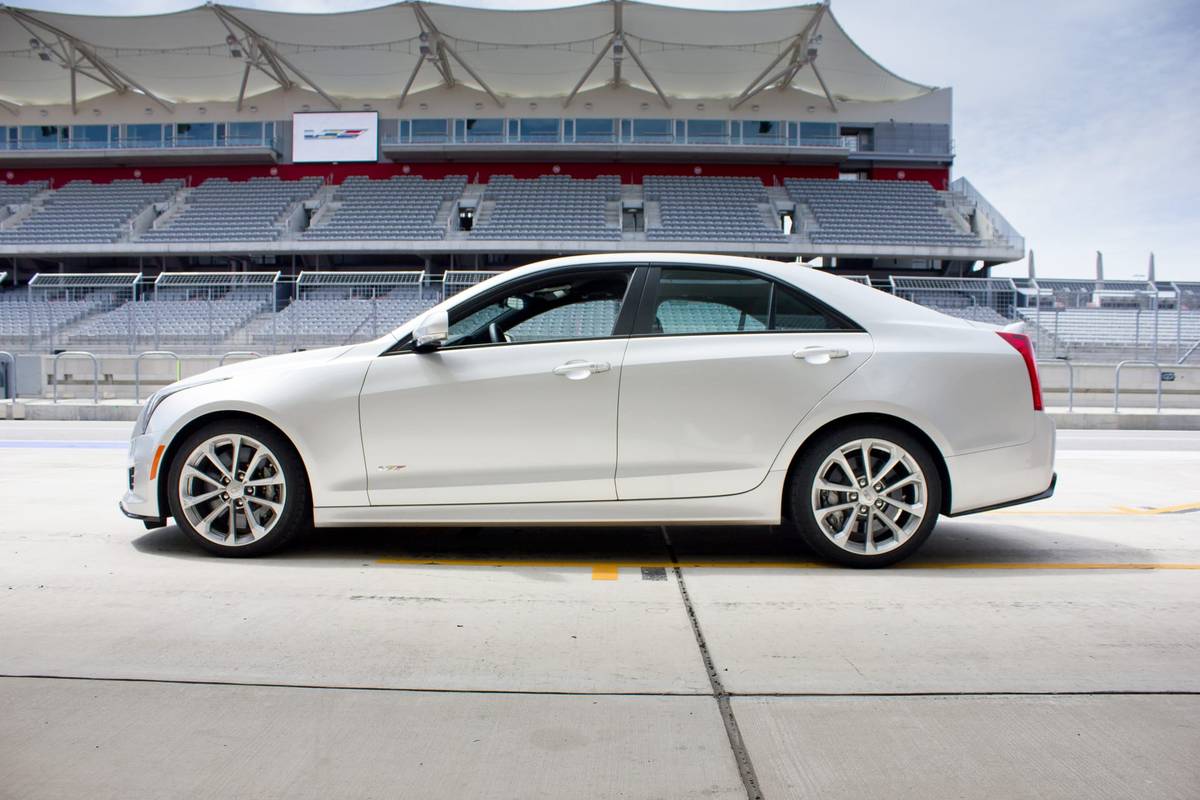
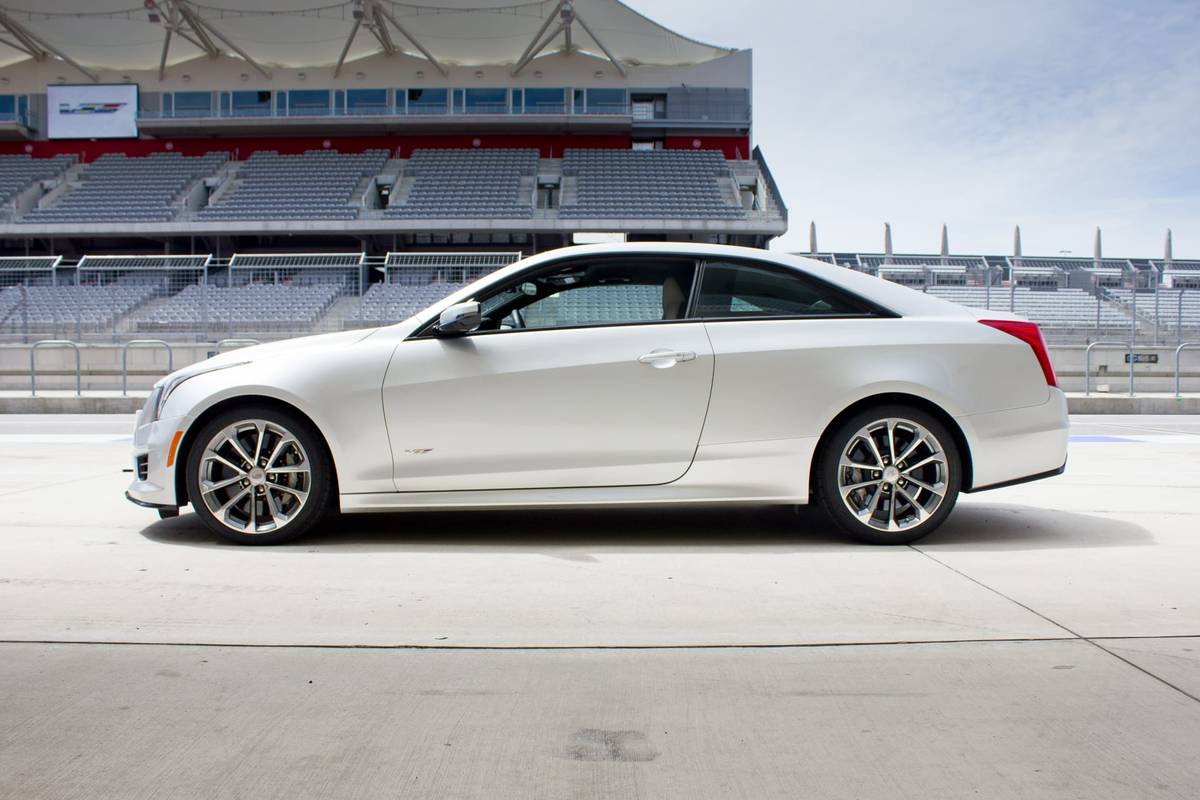
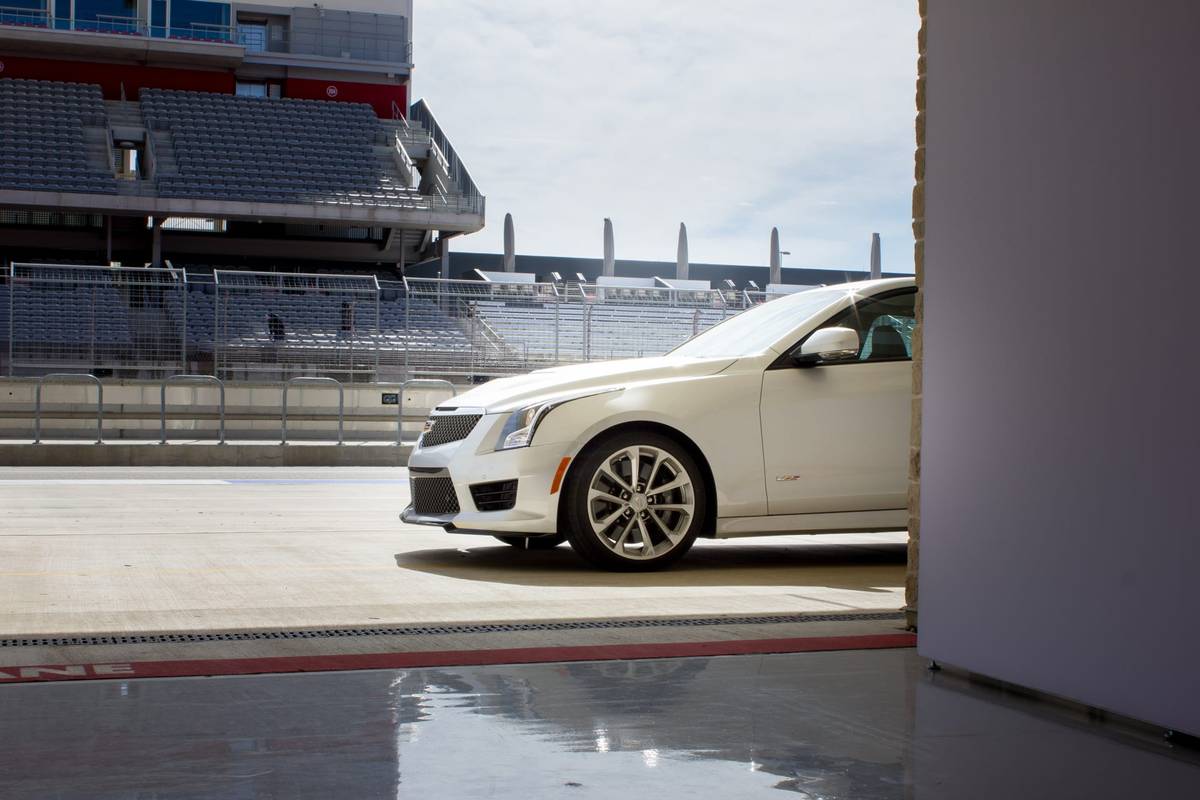
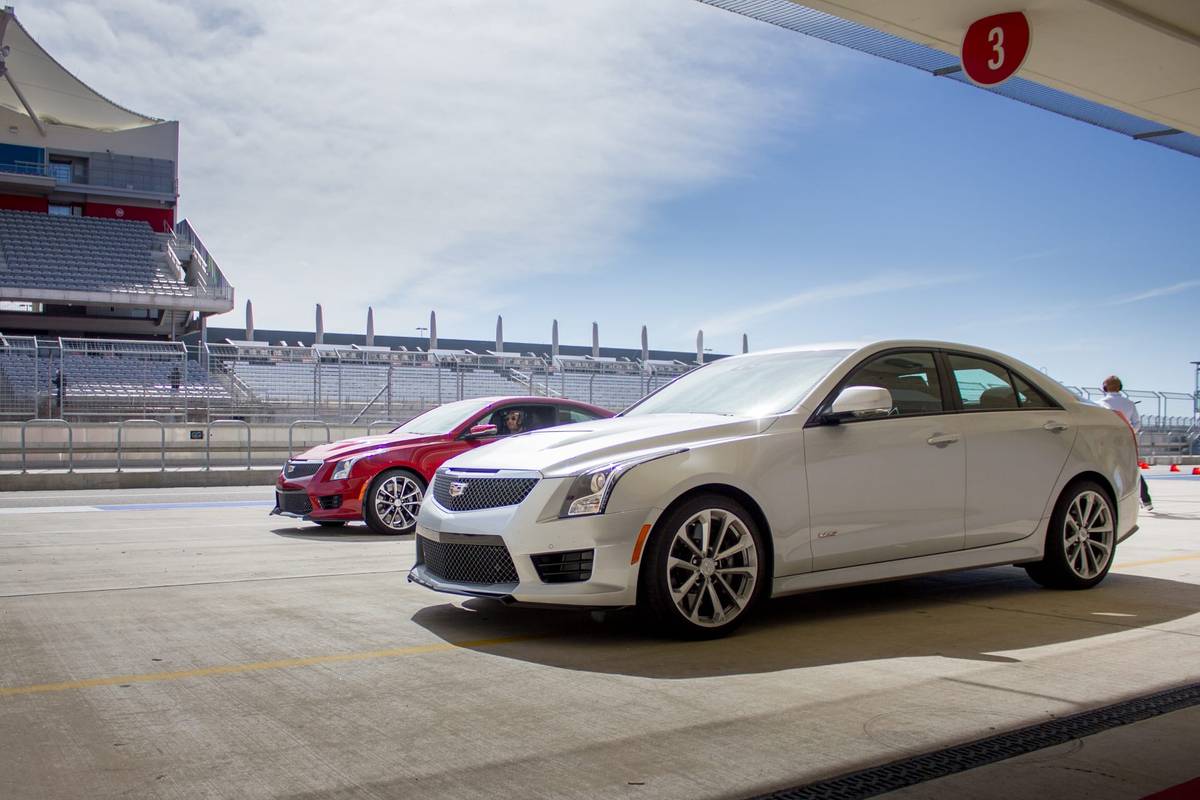
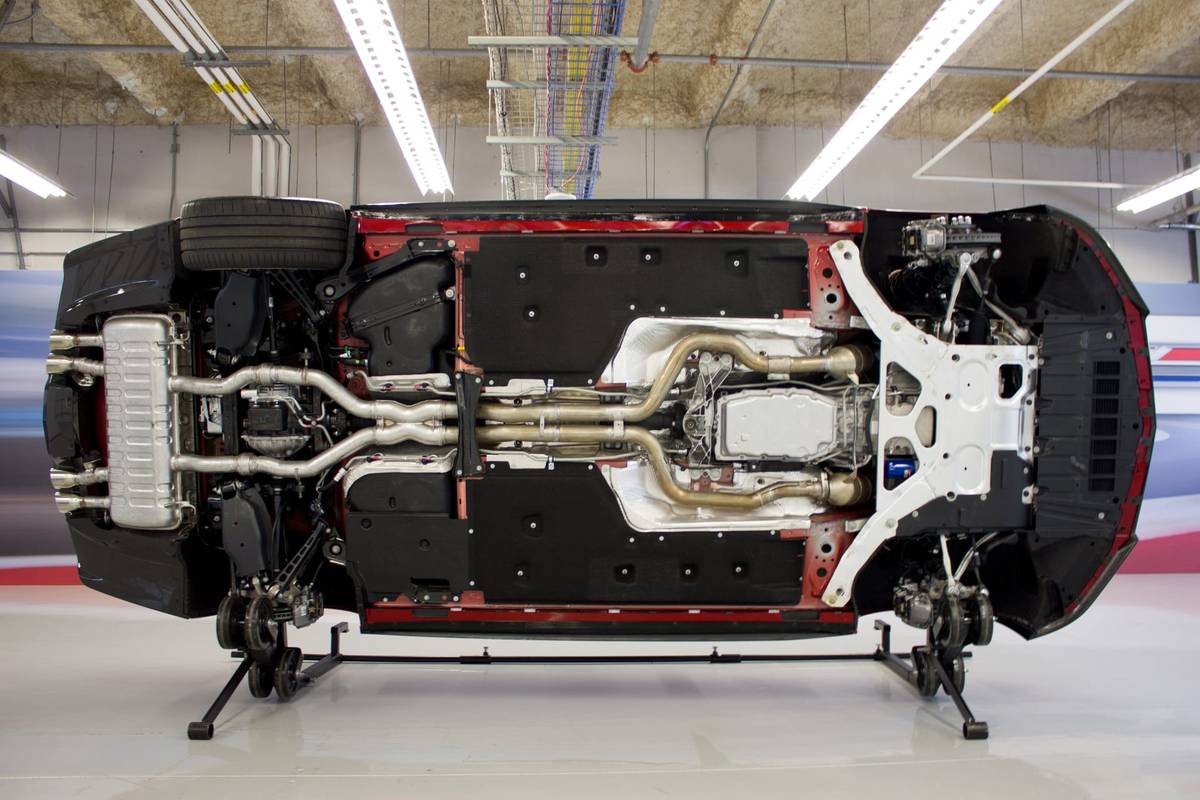
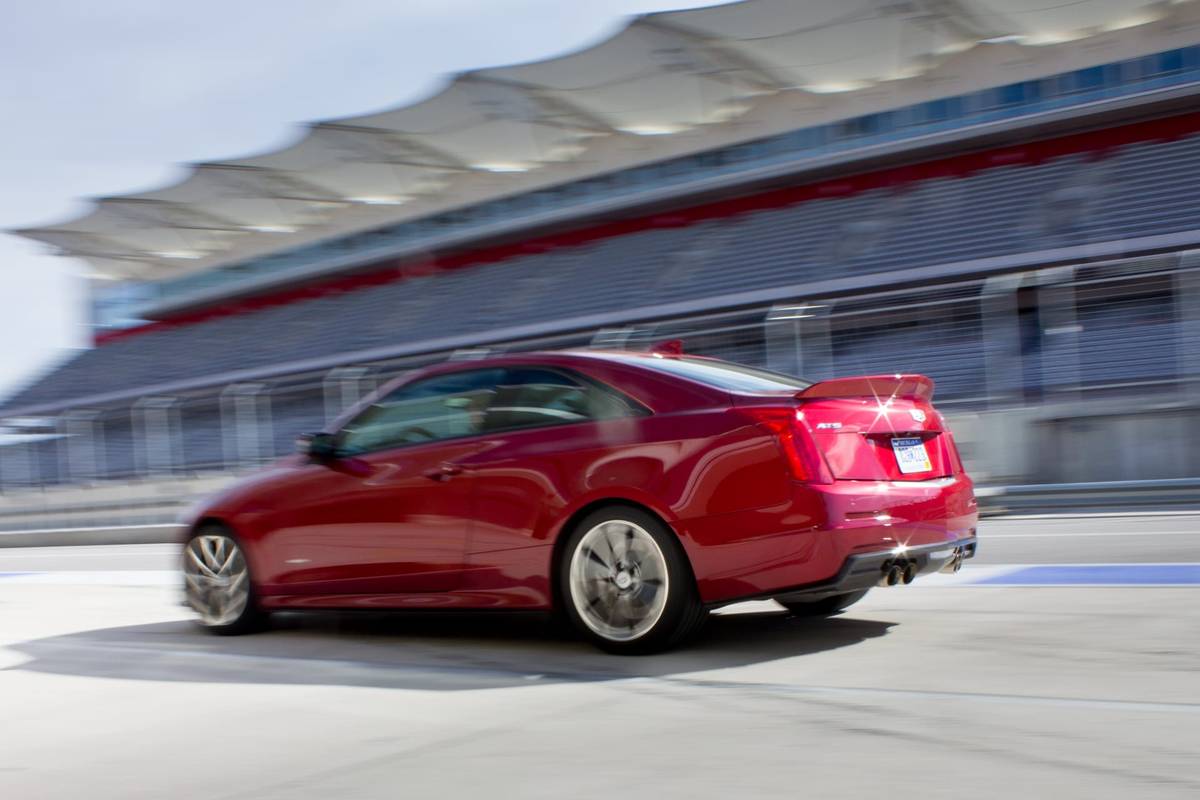
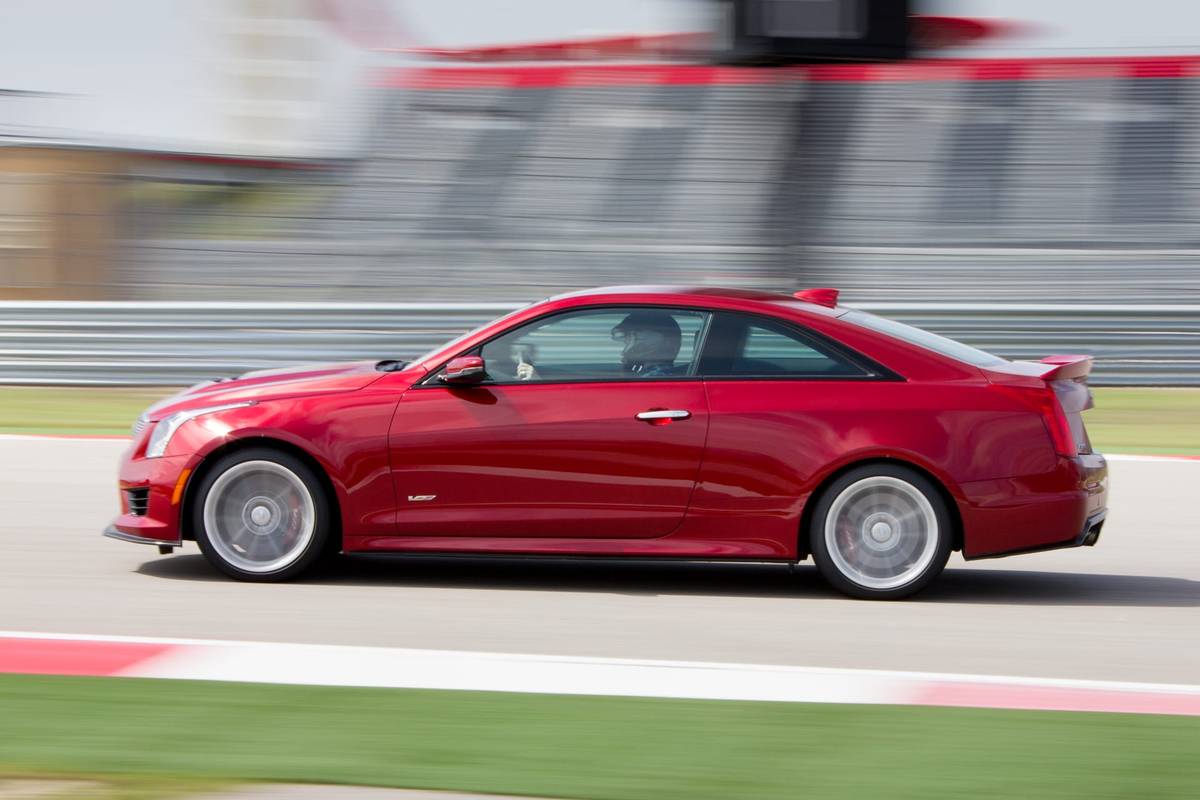



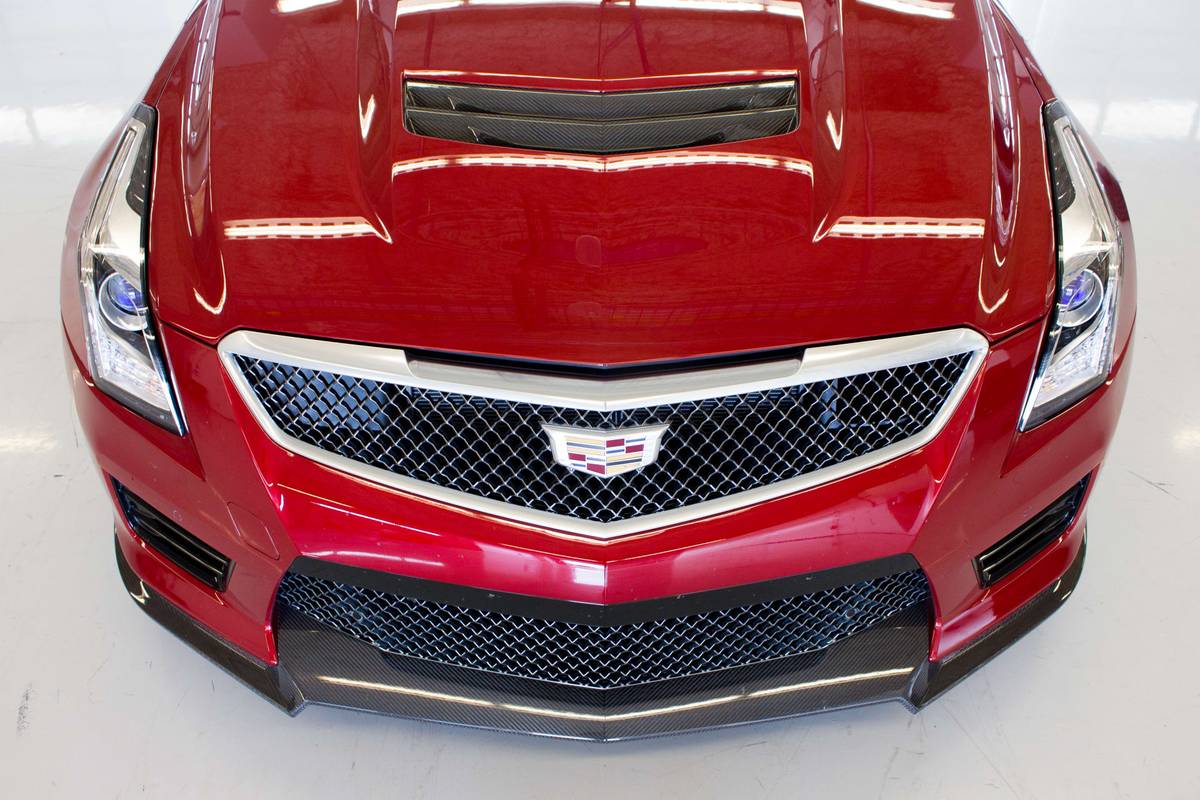
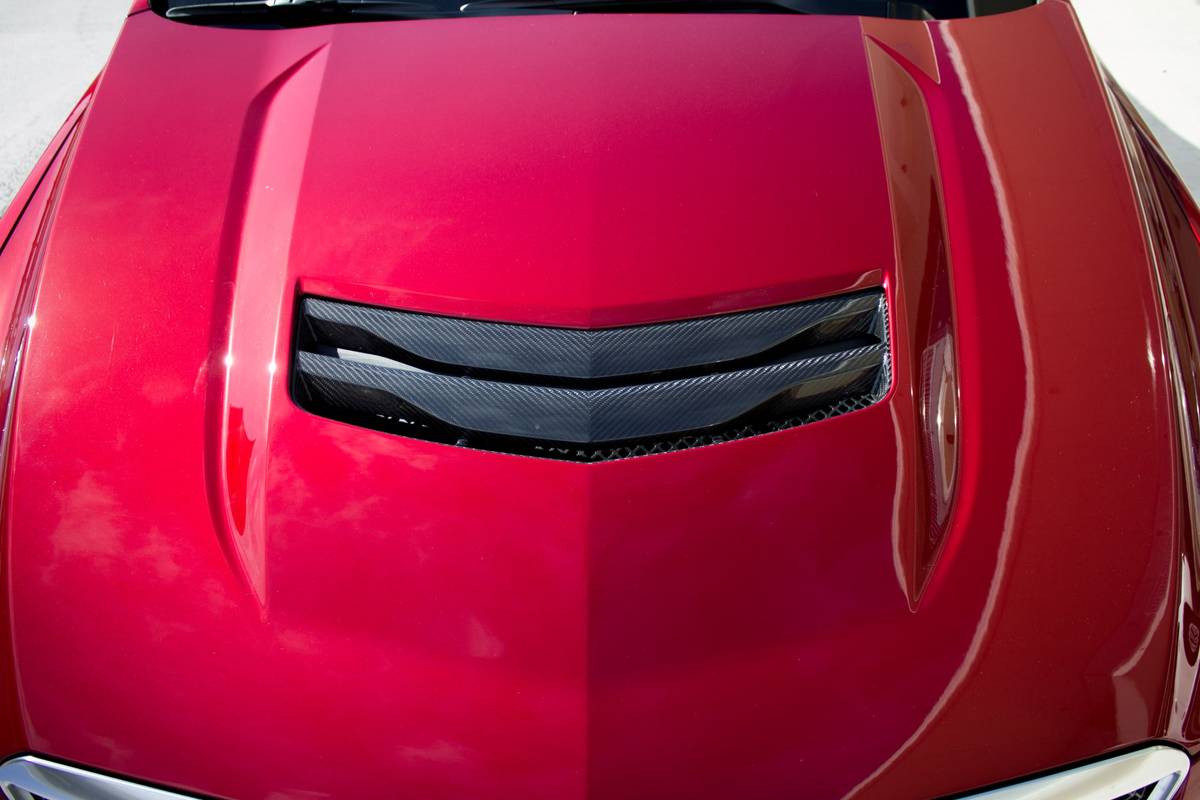
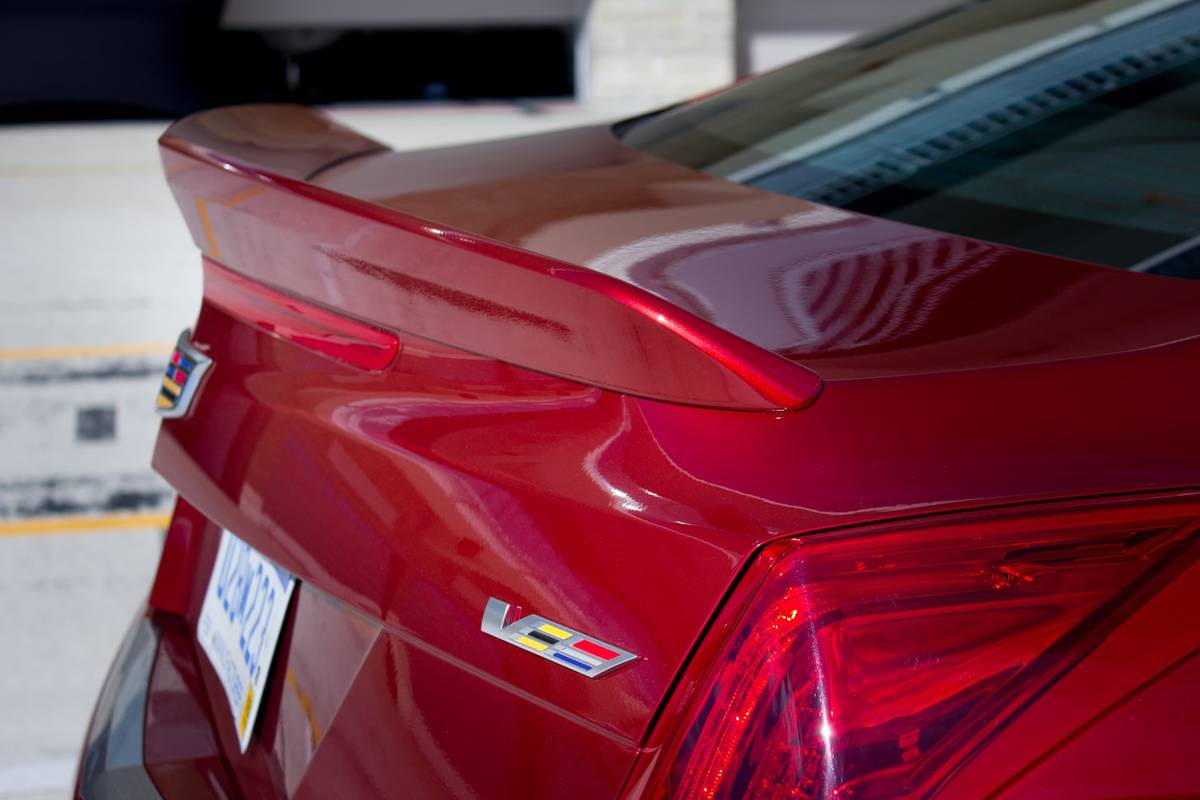
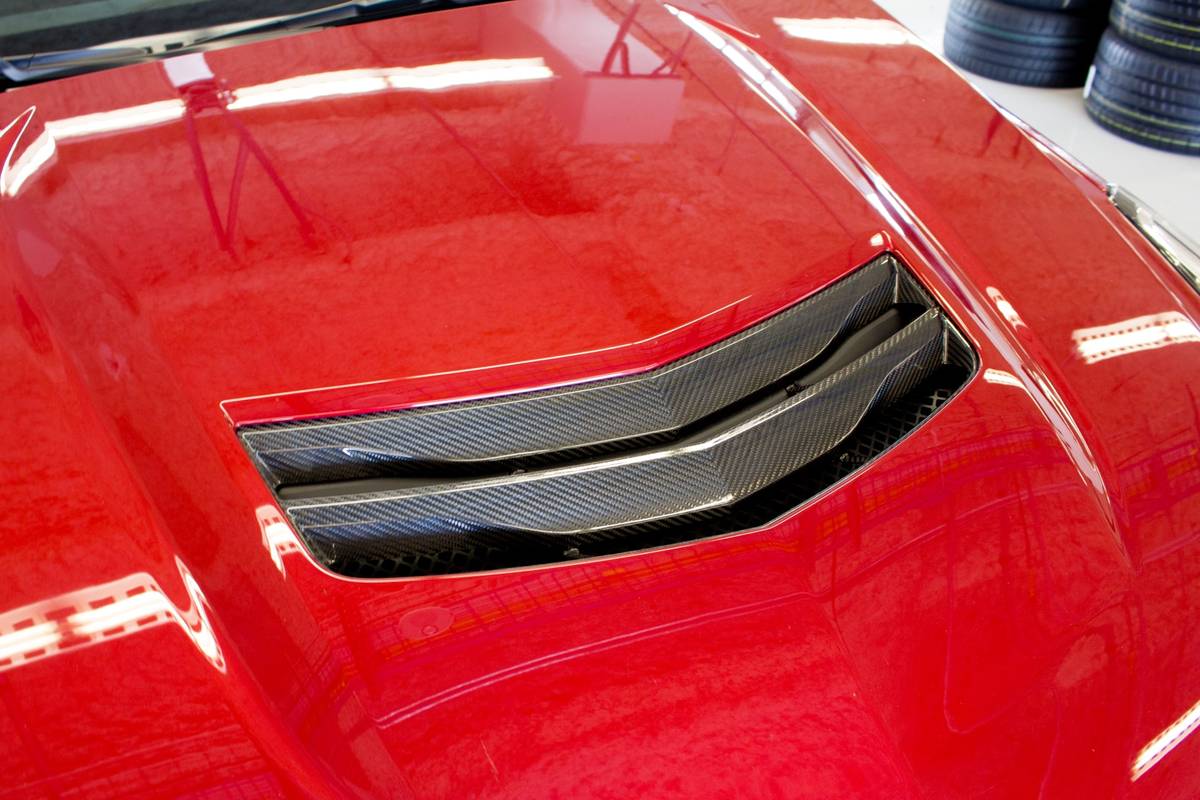
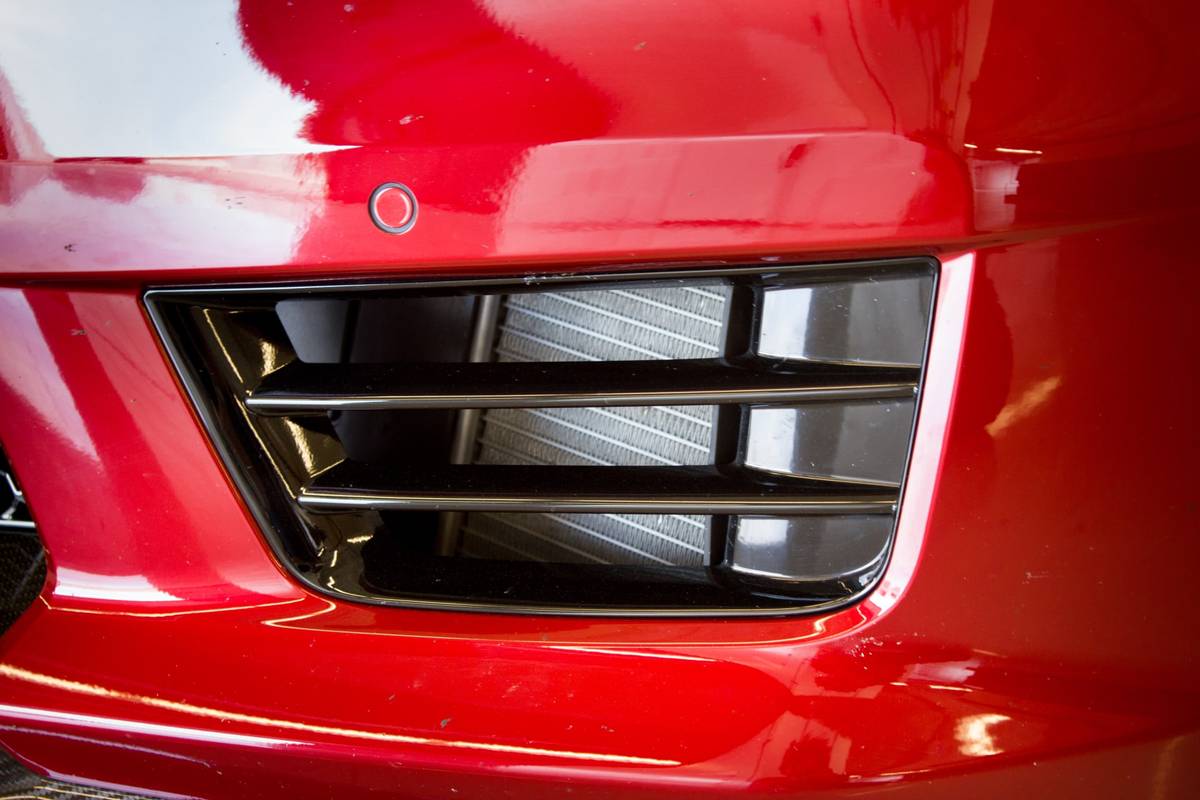

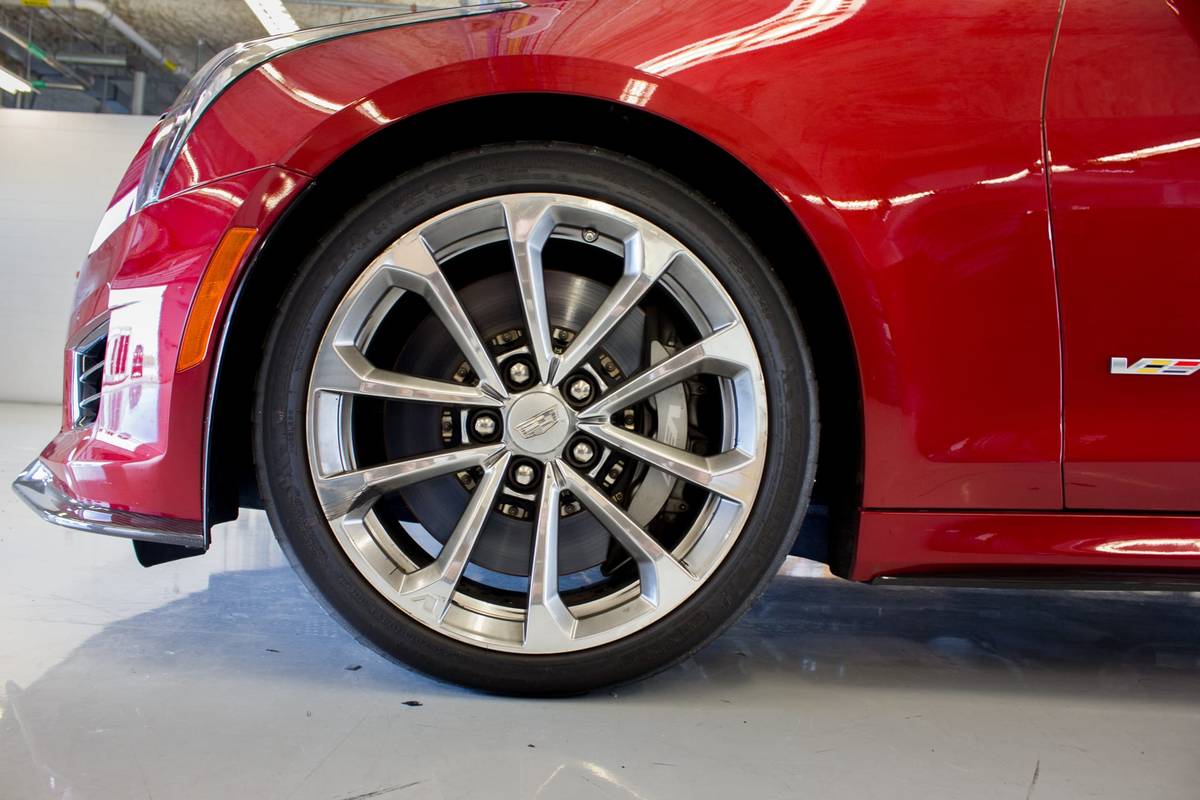

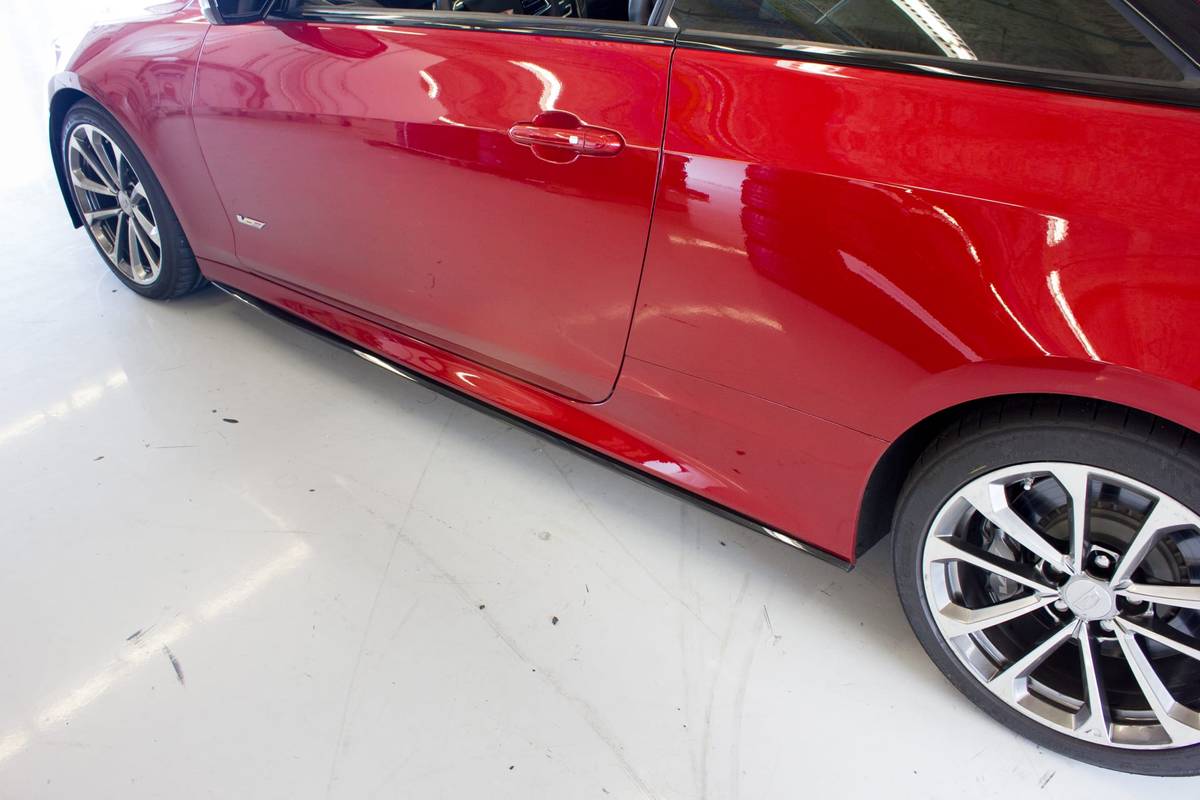

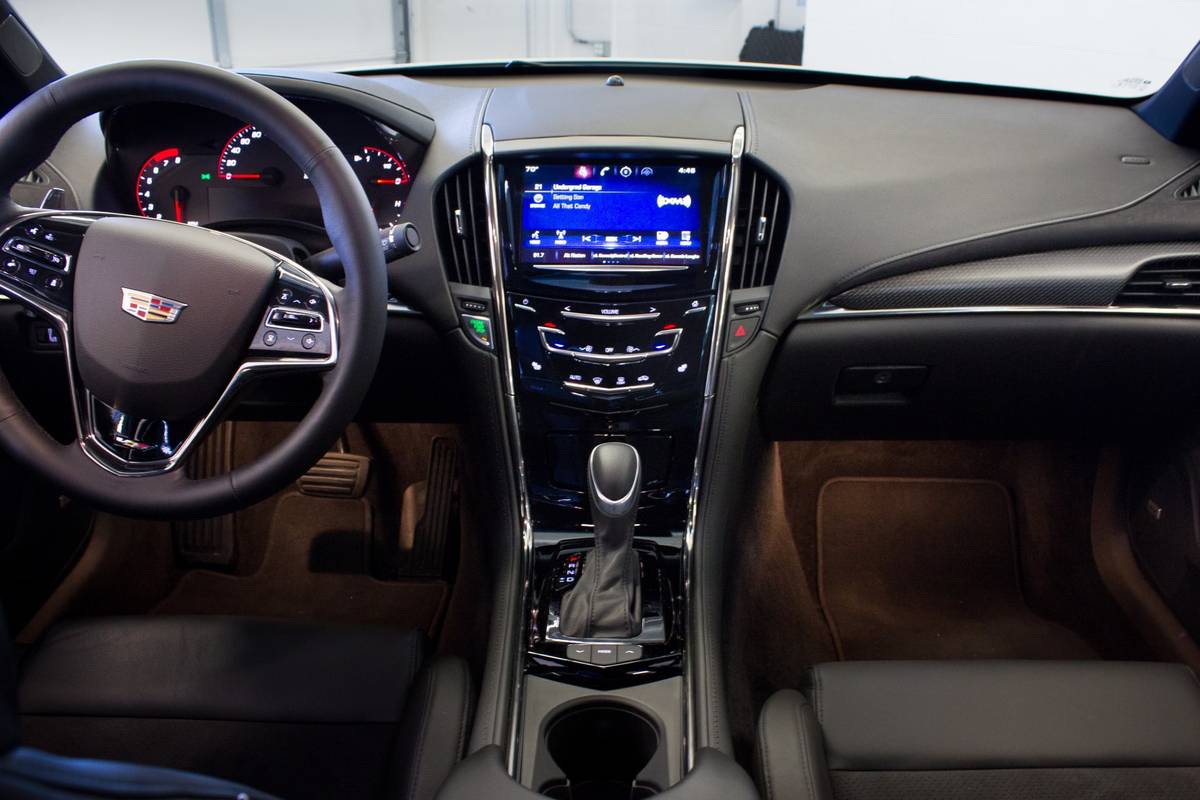
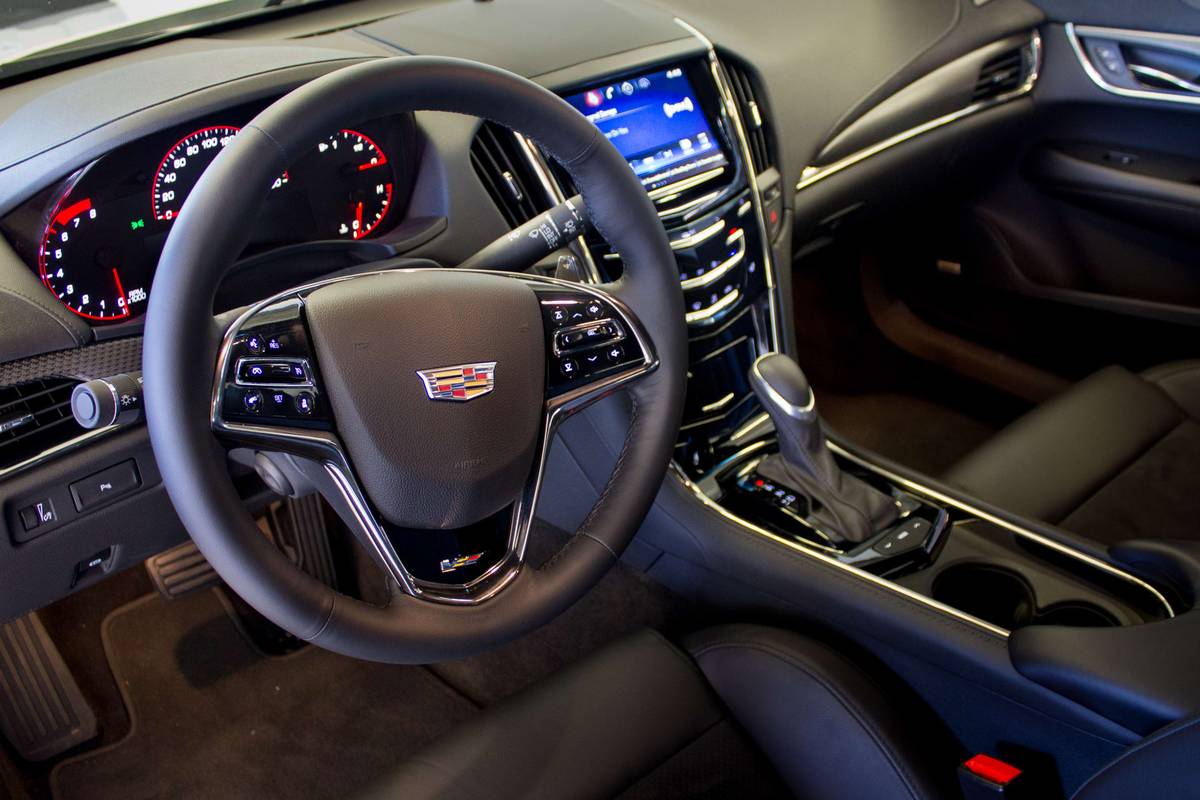


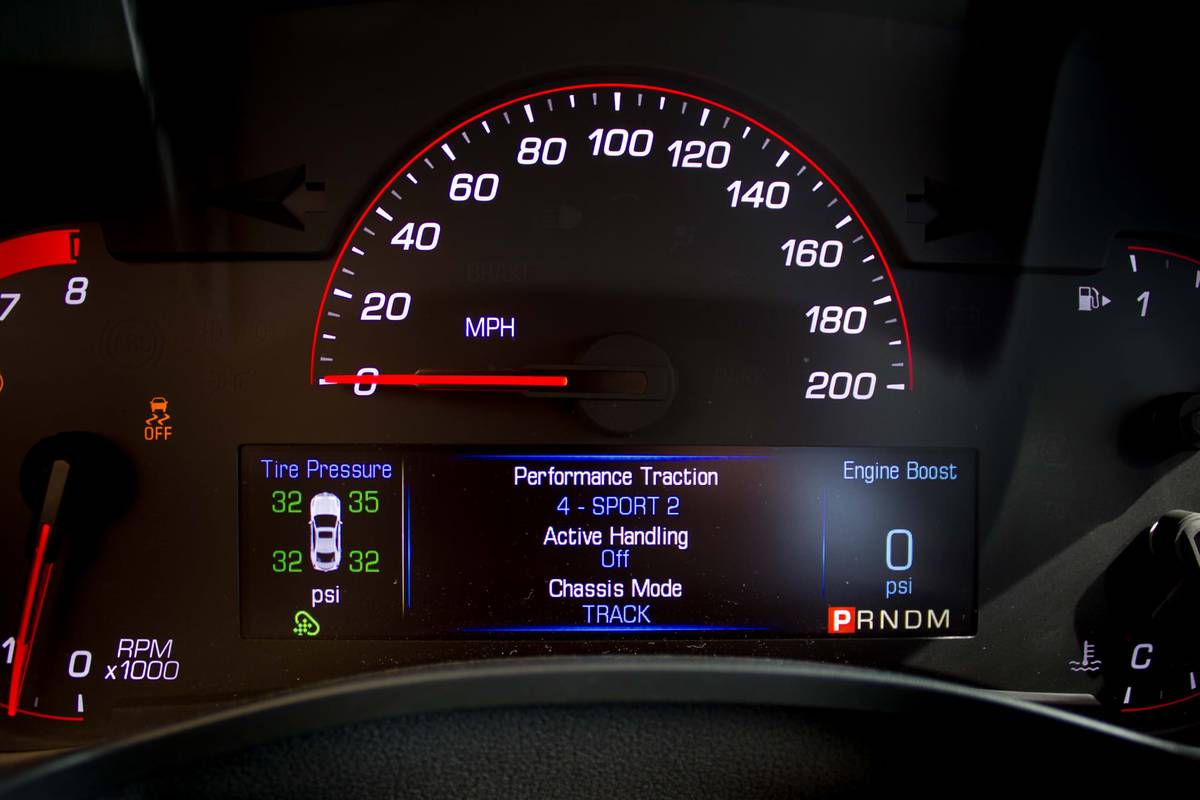
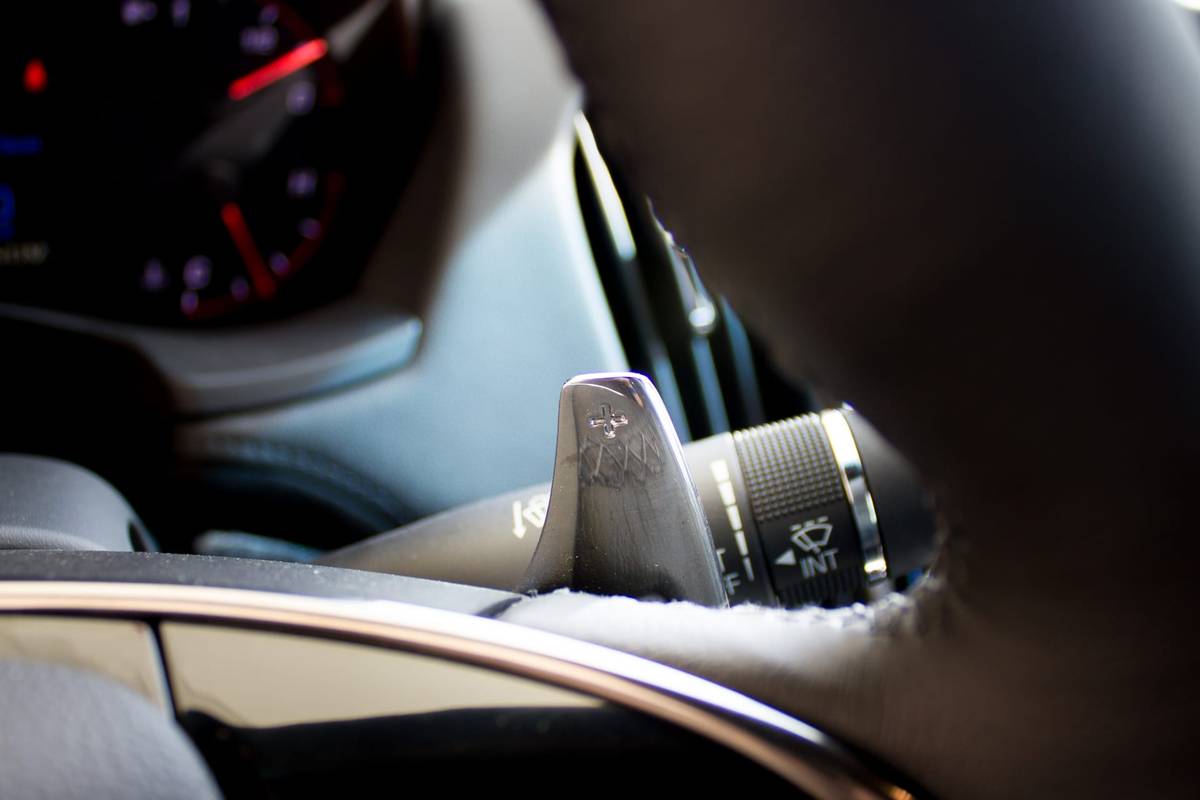
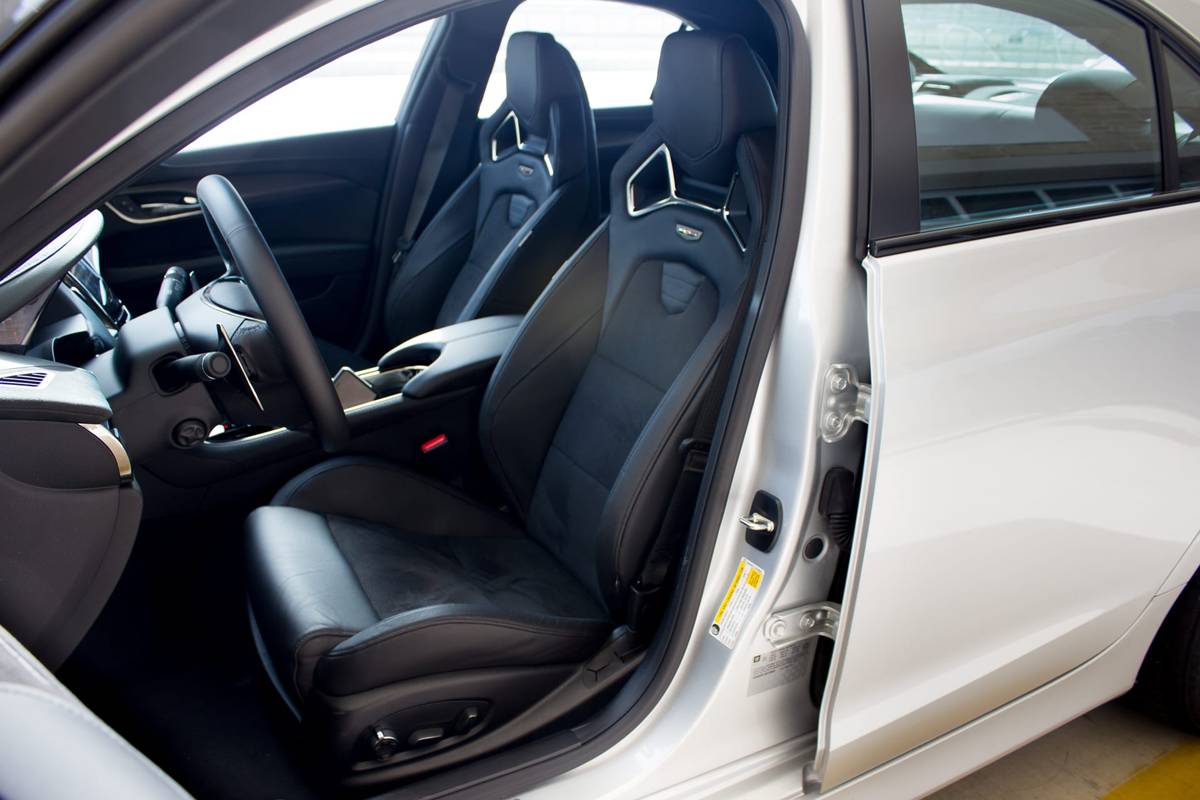
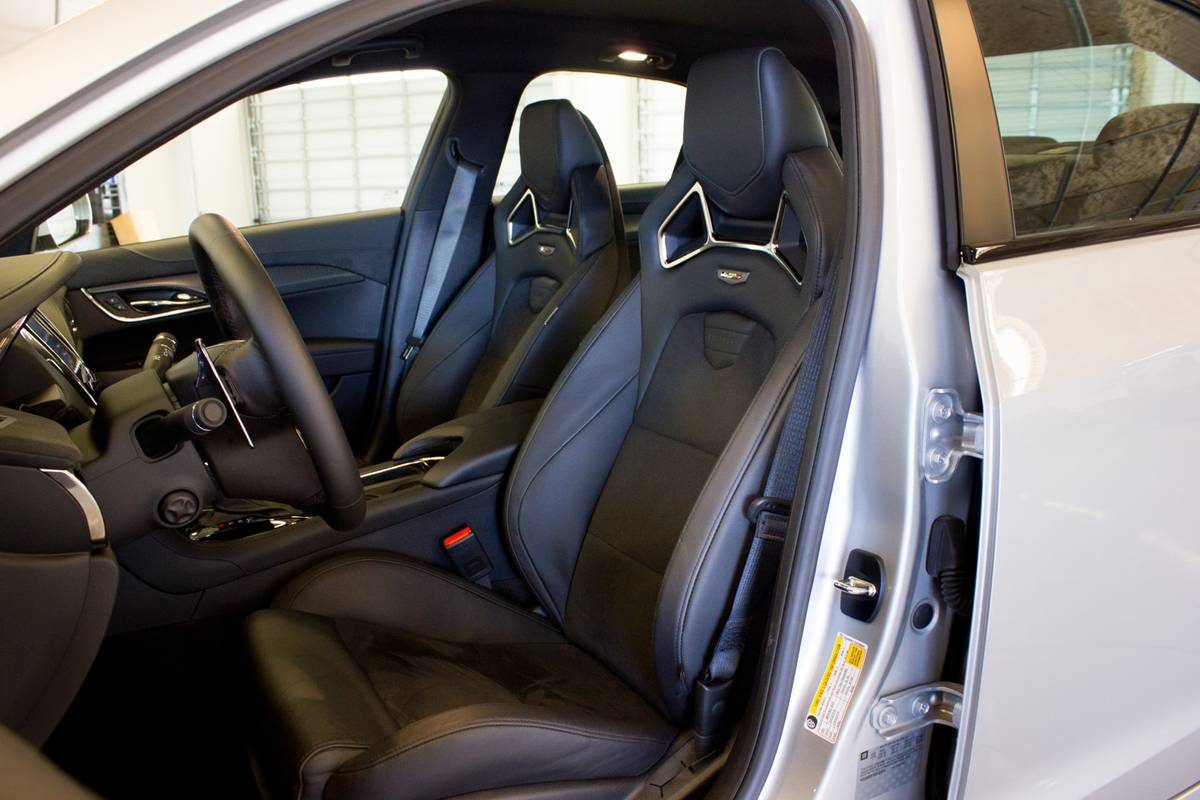
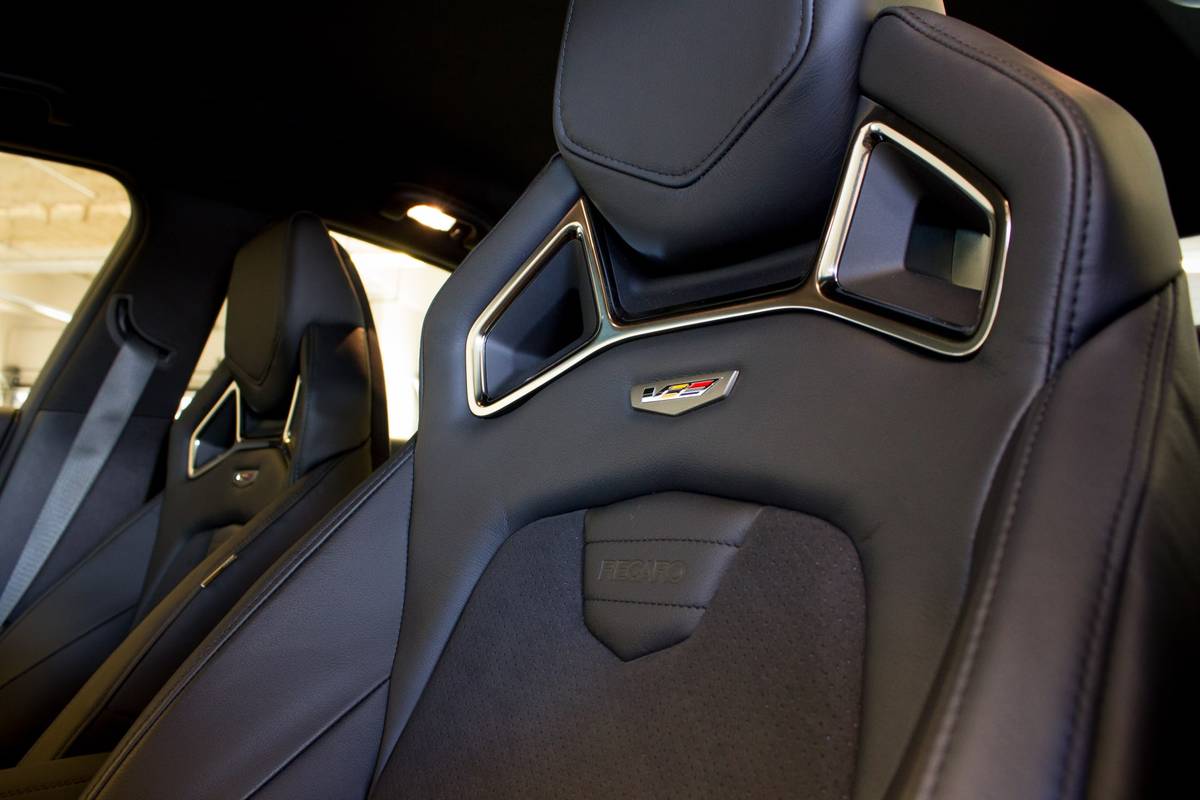
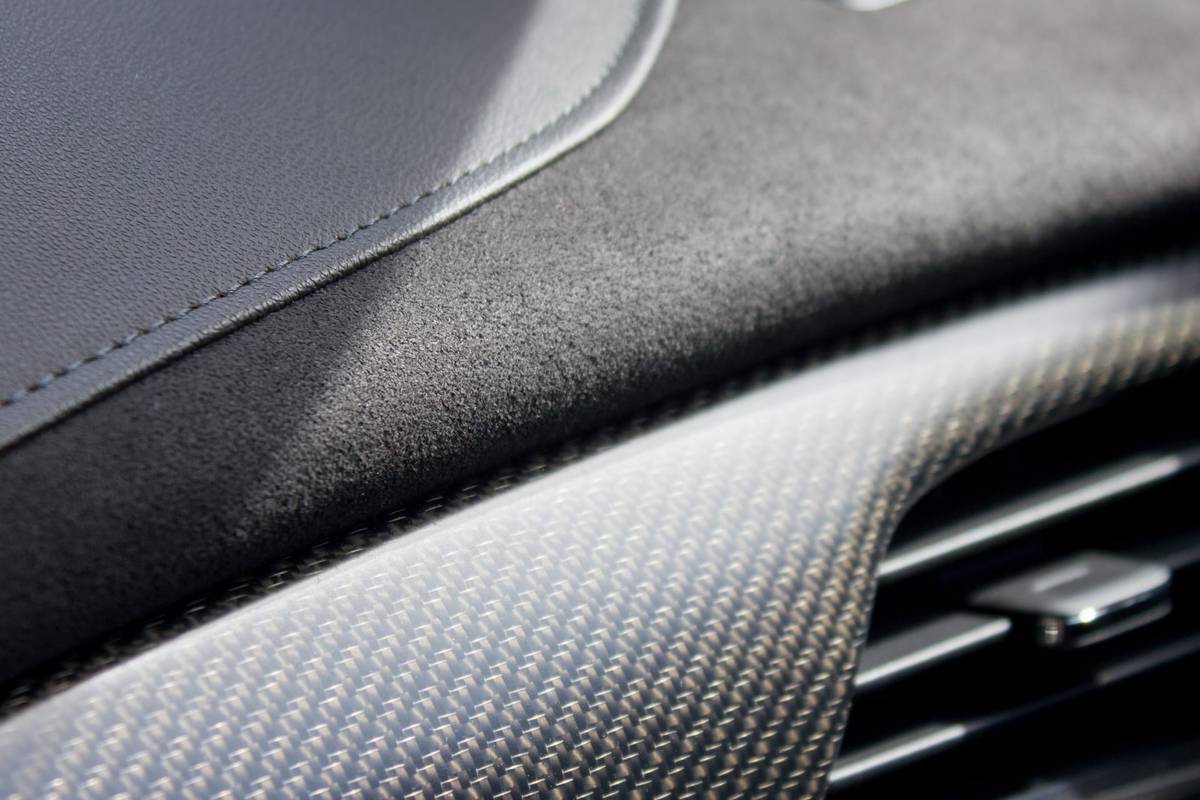
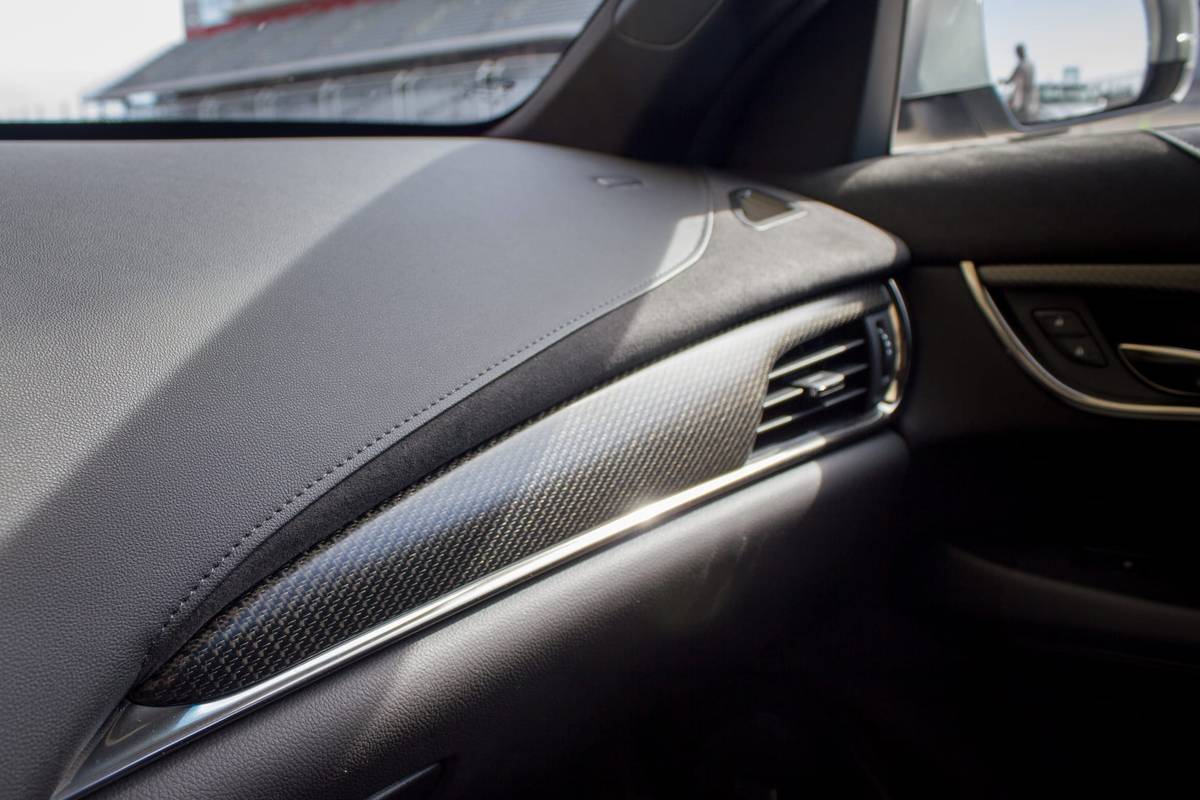




































Managing Editor Joe Bruzek’s 22 years of automotive experience doesn’t count the lifelong obsession that started as a kid admiring his dad’s 1964 Chevrolet Corvette — and continues to this day. Joe’s been an automotive journalist with Cars.com for 16 years, writing shopper-focused car reviews, news and research content. As Managing Editor, one of his favorite areas of focus is helping shoppers understand electric cars and how to determine whether going electric is right for them. In his free time, Joe maintains a love-hate relationship with his 1998 Pontiac Firebird Trans Am that he wishes would fix itself. LinkedIn: https://www.linkedin.com/in/joe-bruzek-2699b41b/
Featured stories
